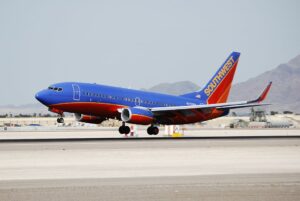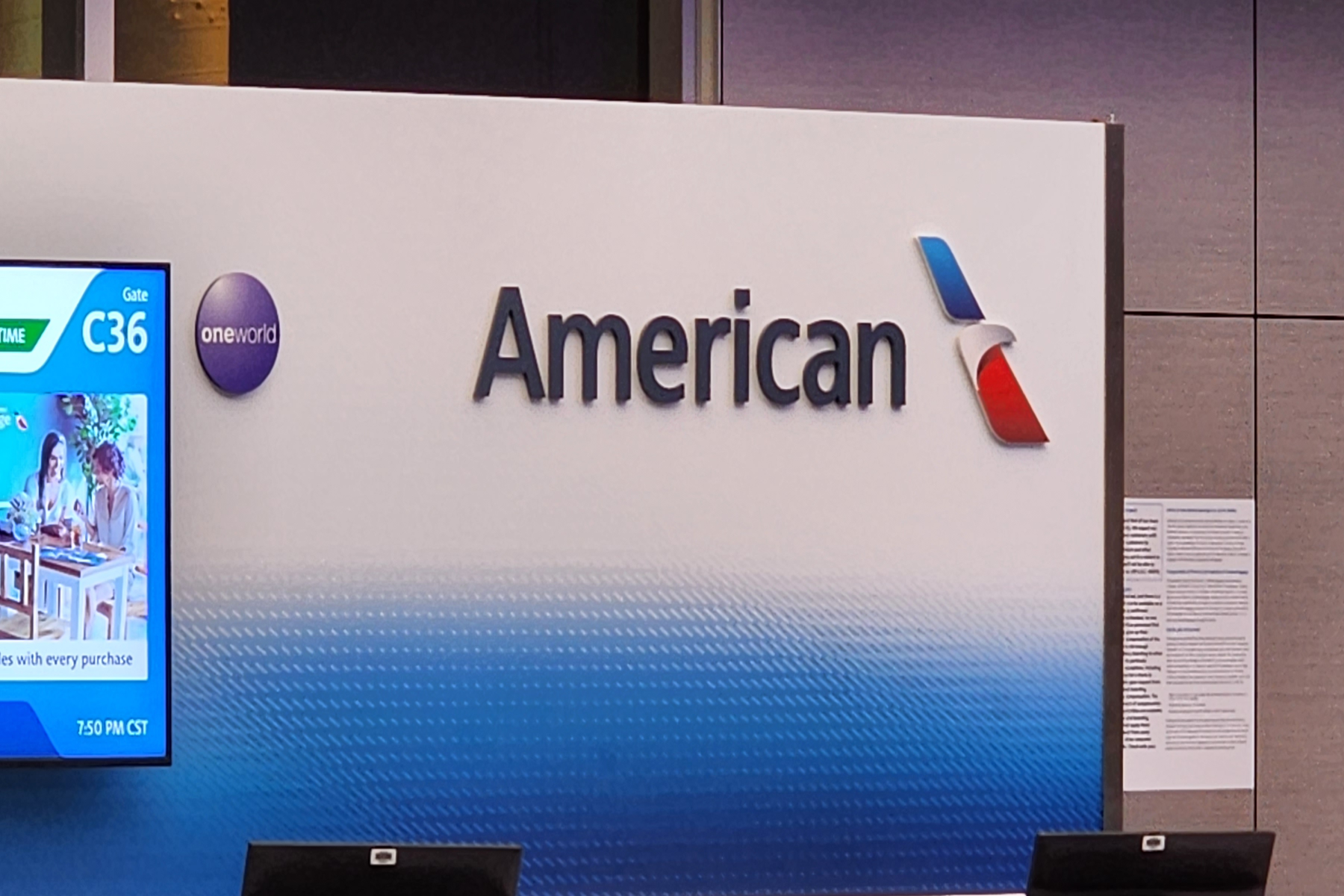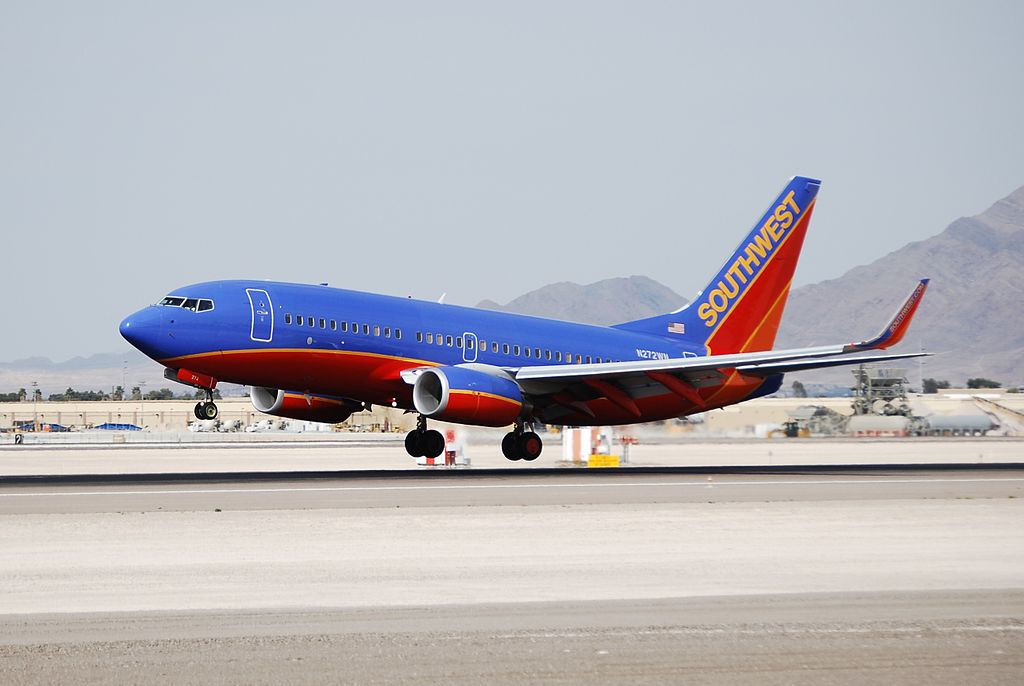There’s A ‘Rash’ Of Continuing Complaints About American’s New Uniforms

American Airlines flight attendants were thrilled this September for the first uniform change the airline has seen in nearly thirty years. Employees excitedly debuted the new look of the New American the day it rolled out, cheerfully posing for photos in their new suits, dresses and scarves as they reported to work. Their enthusiasm was dampened quickly afterward, however, as many began experiencing worrying symptoms: hives, headaches, sinus irritation and respiratory issues. Hundreds of affected employees have reported these reactions to their union and to Twin Hill, the uniform manufacturer, although the airline downplays the number of complaints it’s received, blaming it instead on a “wool allergy” among a small group of flight attendants. Twin Hill and American offered substitute fabrics to those with symptoms, but seem to have provided little relief as the polyester and cotton alternatives are reportedly also causing skin reactions and headaches. Failing all else, flight attendants affected are allowed to wear their former uniform pieces – provided they still have them, that is.
This phenomenon was already experienced over at UPS in 2008, with drivers supposedly breaking out in hives while wearing their Twin Hill uniforms, and even, according to this account, experiencing skin irritation just being around coworkers in uniform for prolonged periods while in plain clothes. Alaska Airlines were the next to suffer adverse effects when Twin Hill manufactured their new uniforms in 2011. Alaska’s flight attendant union, AFA, sent in sample pieces for testing after fielding complaints from as many as 800 flight attendants who reportedly experienced similar effects. The findings by the National Institute for Occupational Safety and Health (NIOSH), which is part of the CDC, found low levels of tributyl phosphate, which is an endocrine disruptor, and Disperse Orange 37, a toxic dye that can cause skin and respiratory irritation. However, the levels detected by the tests were said to be lower than amounts that are normally known to cause these problems. Nonetheless, a group of over 150 Alaska flight attendants filed a class action lawsuit against Twin Hill two years later, and lost the case just this month due to the NIOSH report’s inconclusive findings.
American Airlines’ flight attendant union, APFA, has reported there are, as of now, approximately 1,300 flight attendants experiencing the rashes, hives and respiratory problems as UPS and Alaska before them. Like Alaska, APFA has now also sent samples out for testing to find exactly what chemical(s) could be the cause of the symptoms so widely experienced at the airline. APFA has sought assistance from Twin Hill, making multiple requests for Material Safety Data Sheets (MSDS), but have found no cooperation from the company. American has claimed that the reason for this is that MSDS is only available for chemicals and not fabric, but the key to the issue seems to be held in the known irritants found in the Alaska tests – tributyl phosphate, which NIOSH claims had no known reason for being on the fabric at all, and Disperse Orange 37, which is banned in many countries for its toxicity.
Alaska Airlines is getting ready for yet another uniform redesign, and one can only hope that it will not be manufactured by Twin Hill, but American still is trying to cope with the puzzling symptoms seemingly caused by their workwear. It’s hard to imagine, given Twin Hill’s history, that these problems are merely coincidence or just a wide epidemic of severe wool allergies, but no smoking gun has been found to tie Twin Hill to the problem conclusively. It’ll be interesting to see how this progresses at American now, but hopefully they will be the last Twin Hill client to lodge complaints like these.
[Photo: American Airlines]
























